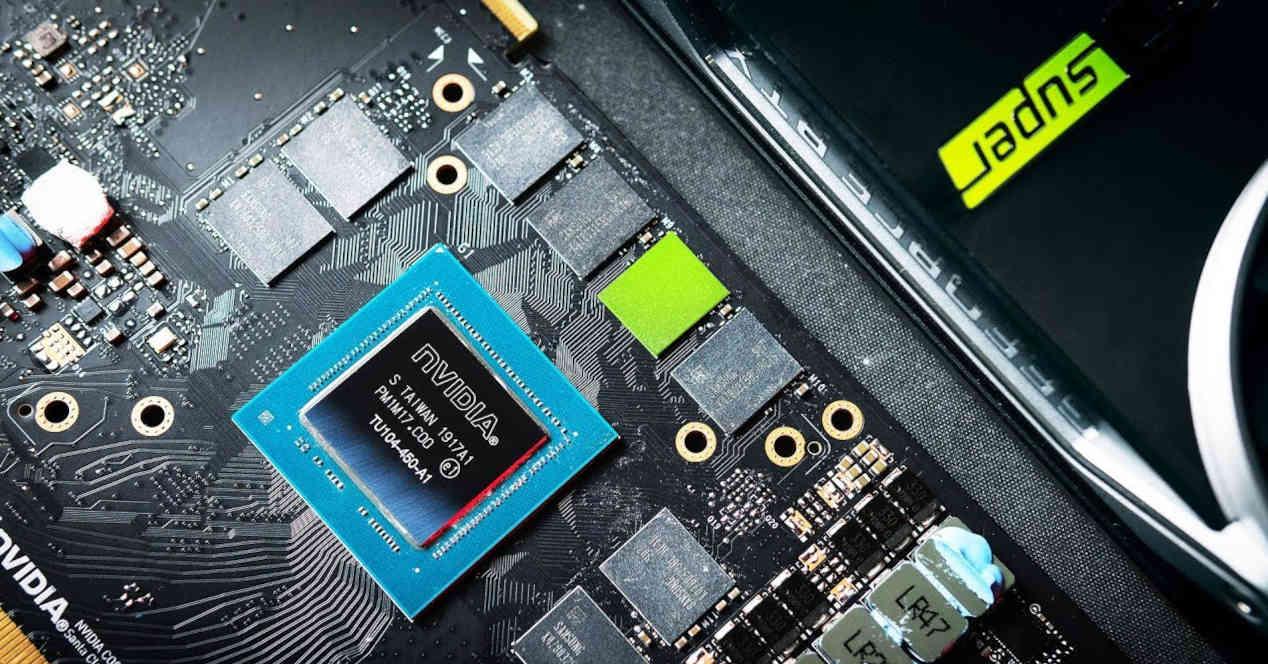One of the questions we ask ourselves when buying a graphics card is how much VRAM is needed to enjoy both games in optimal conditions, and not just games, but there are applications that require optimal amounts of this component.
Why don’t PC GPUs have more VRAM?
One of the things that GDDR memories, regardless of their type, is the so-called “Clamshell mod” in which two memory chips end up sharing the same data bus, for example in GDDR6 memory this mode is called x8 mode because in it each channel goes from 16 bits to 8 bits, this allows to place two memory chips and increases the capacity storage capacity of VRAM, but the trade-off is that it does not increase performance because it does not increase bandwidth using both the single chip data bus.
Doubling the number of memory chips also means doubling the cost of those chips, but it is a waste of time for graphics card manufacturers to do so since the games that exist today do not allow these huge amounts to be used. from memory. For graphics card builders, adding more memory than needed in today’s games.
On the other hand, it is in the professional market that this type of configuration is necessary since large amounts of memory are used for professional rendering.
Is 10 GB enough for VRAM?
When the RTX 3080 appeared on the market a few weeks ago, the controversy was served due to the fact that some games to run in 4K required an amount of VRAM above 10GB. But the requirement in this regard is not the same in all games, so we cannot generalize due to the fact that some games require a specific amount of memory.
The reason is that GDDR6X memory is currently only manufactured in densities of 1 GBThere is no doubt that in a few months there might be the RTX 3000 Super with GDDR6X memory which will have twice the capacity, but NVIDIA had to sacrifice capacity in exchange for speed.

But if we look at it in perspective 10 GB is not a low numberKeep in mind that Microsoft’s Xbox Series X, which is a next-gen console, allocates around 10GB of its GDDR6 as VRAM. Well, it’s a console and it has cuts in some elements, but it doesn’t have the bandwidth of GDDR6X which is one of the differentiators in terms of performance.
SSD to increase the amount of VRAM
Thanks to DirectStorage, it is now possible to use an SSD drive connected to the PCIe lines of the system to serve as additional memory for graphics, of course the GPU cannot work directly in this memory.
The thing is to store part of the VRAM to decompress the contents of the SSD on the fly, leaving the rest of the VRAM for the frame buffers. What this trick does is increase the capacity of VRAM, but that requires the game to be prepared for it.
And what advantages does it have? Imagine leaving one area into another as you approach, as this happens all of the textures and information in the next area are preloaded from the SSD to the VRAM. The enormous bandwidth speed of the NVMe interface allows data to be changed at a very fast rate, avoiding load times and making VRAM a virtually much higher capacity than that provided by its memory modules.
Gradually, games will increasingly require people to have NVMe SSD connected to PCIe ports, which is already happening in consoles where the 10 GB allocated to VRAM of the Xbox Series X is not short thanks to the integrated SSD as standard. The same is happening on PlayStation 5 and games are already starting to demand an SSD as a minimum requirement, which when properly used can make graphics cards with little VRAM compensated.
The resolution you play at influences the amount of VRAM required

For what Unless you have a 4K or 2160p monitor, you shouldn’t worry about the amount of VRAM on your card at all. and even below this resolution, only a few games require more than 10 GB of VRAM. On the other hand, the interest of video game developers is that as many people as possible can play their games, so these games are tailored to the hardware that people have when they are released for the mass market.
Table of Contents











